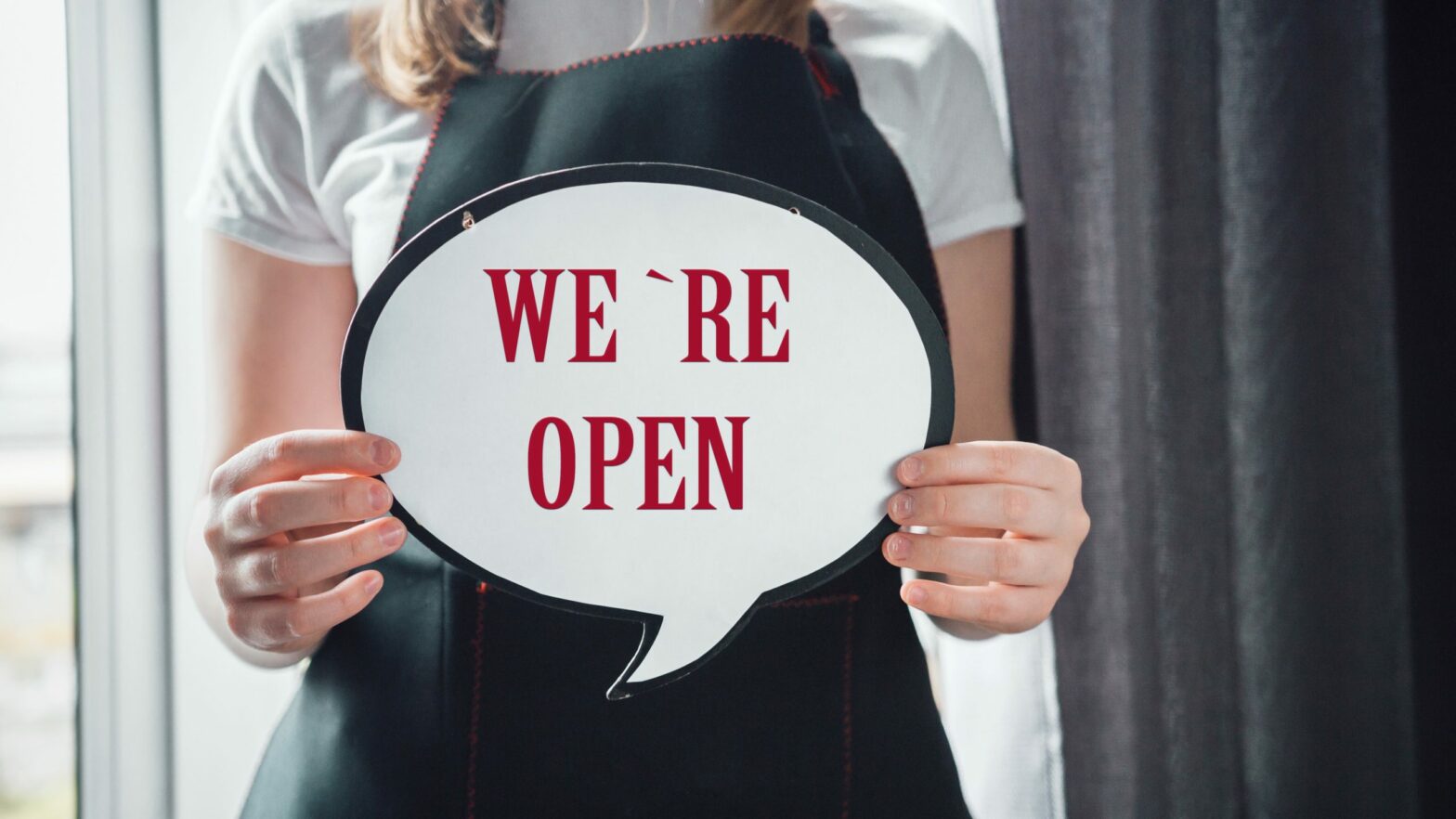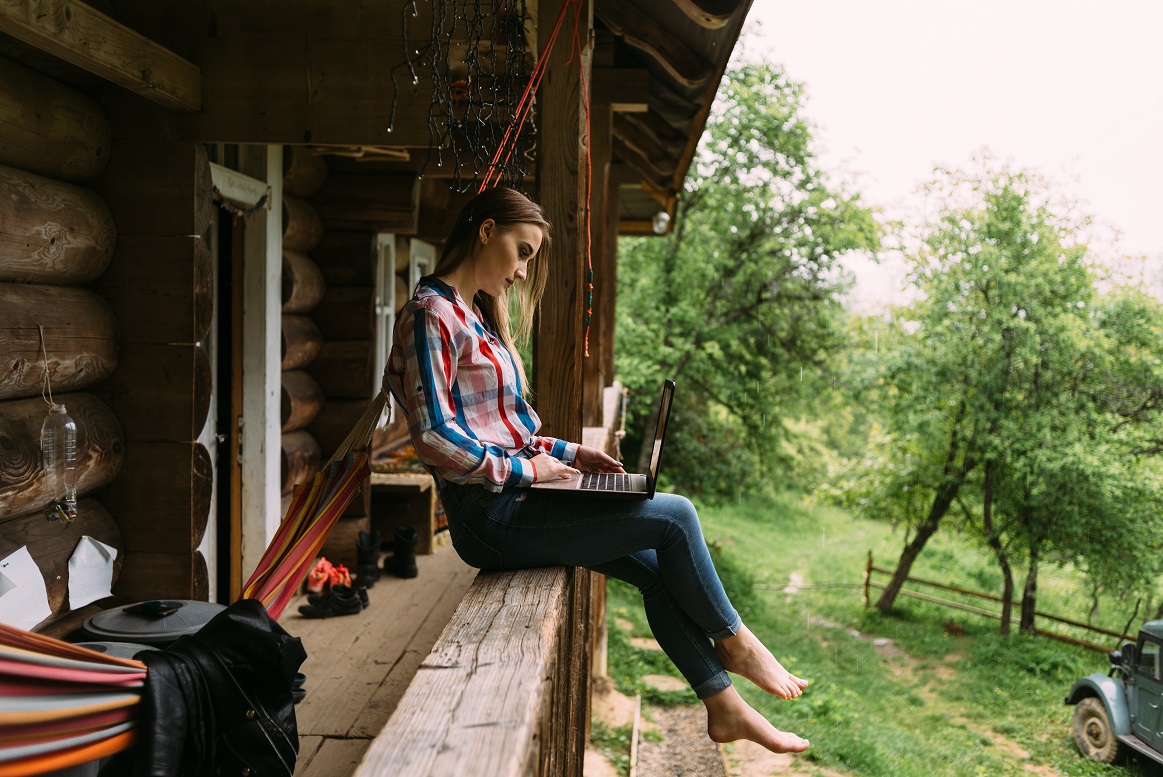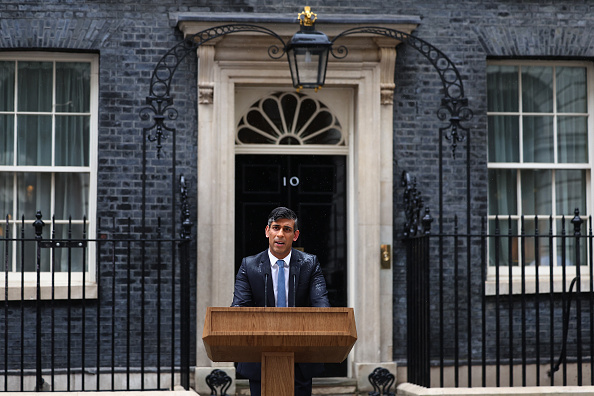With the Government announcing that shops will be allowed to open from June 15, small shops across the country have been thinking through what to do post coronavirus.
In the face of an incredibly tough retail environment and consumer habits still far from “normal”, reserves of ingenuity and grit will be required. As plans are put together, there are a range of key considerations that businesses must consider in order to re-open safely and successfully.
It won’t be business as usual
We know that the way businesses operate must change. With new Government regulations released on how retailers must keep their stores COVID-19 free, including strict cleaning and hygiene guidelines and advice on keeping the two-metre distance rule, the number one priority for everyone is people’s safety.
But as business owners adapt their stores and consumer shopping habits change, the way we buy will change and it won’t necessarily be for the better.
Without innovation, the experience of visiting your local store will be a tedious process of long queues to stare at products through Perspex screens. This crisis requires creative solutions from retailers to bring back the sense of community, excitement and enjoyment that the high street once offered.
Those who try and rely on old ways of trade in a post-lockdown world will be in for a rude awakening.
See also: What is the average cost of fitting out my shop for coronavirus?
Independent retailers will need to become tech-savvy
With the demise of major brands such as Oasis, Warehouse and Cath Kidston, how will the small, independent retailers of our local high street survive? The answer relies on the adoption of technology. Bricks and mortar retailers, especially the more traditional vendors, have often been guilty of neglecting their ecommerce set-up, leading them to rely on footfall and in-store sales alone – which is a risky strategy in a post-lockdown world.
#1 – Click and collect
Offering click and collect services, setting up an online store and providing home delivery for orders will be the first steps for retailers who’ve previously relied solely on more traditional sales methods.
#2 – Shoppable links on Instagram
For those who need a tech refresh, consider showcasing products on your Instagram with a shoppable link so that customers can buy the items straight away. Allowing deliveries via phone order like Asda and Sainsbury’s have done is often a lifeline to vulnerable customers that can inspire brand loyalty.
#3 – Use queuing creatively
Shops should also be thinking creatively how to make queuing part of the experience. This might include strategically placed QR codes that those queuing can scan to browse products and access discounts. Or it might be gamifying the wait via AR technology or branded quizzes – keeping families happy and evolving the transaction into a fuller experience. Queuing technology, which alerts customers to when they’re able to enter, could also relieve the tedium. Businesses that provide solutions to the new problems shoppers face will have a greater chance of survival against their larger competitors.
#4 – Make shopping personal
Before the pandemic, bricks and mortar retailers had to fight to survive, but shoppers will be even more reluctant to visit a high street which doesn’t provide the safety of online. Retailers must therefore remind shoppers why they are such a vibrant part of community life.
Adding personal touches to the shopping experience will always improve the customer experience, whether it’s handwritten thank-yous sent out with online orders, or a socially distanced welcome from the owner; reminding communities of the humans behind the shop fronts, shops must play to the fact that they provide a sense of community over larger, cheaper retailers.
As coronavirus has proven, in tough, difficult times, community provides a sense of safety and reassurance and small shops must play to this strength.
See also: Don’t count on small business customers returning post lockdown
Business owners must prepare for the worst
Whilst small shops greatly welcome the news that they’ll be able to re-open in mid-June, there’s a very real possibility that there could be a second wave of coronavirus. If this happens and the nation is forced into lockdown again, businesses which survived the first time might not open their shutters for a second time. Those who do open their stores in mid-June will find the next few months an uphill struggle.
However, the opportunity for innovation and creativity is still there, and business owners must embrace every chance they get to cater for and everyone the challenges facing the sector.
Chris Giddins is CEO of Uniqodo and the founder of new community voucher platform ForLocal
Further reading
How to reopen your small business post lockdown – what we know so far





